Cold start up PE Summit pedestal. Fir kindling and fir wood. I always start up with a crumpled newspaper and crisis cross of kindling on top. Generally I have very pitchy kindling. But well cured wood so very cured pitch, crumbly almost. I start on kindling and then to a few small splits and right into bigger splits. The door was closed in the first minute and only opened again to add wood, never 'cracked'again after the 1st minute to help draft. Here's my times and some pics to show what it looks like and what I'm using at each step.
12:10 start
12:11 close door
12:14 add smaller splits
12:15 stovepipe thermometer moves up out of creosote zone
12:18 add a few more smaller splits and thermometer is more than halfway through the "best burn" zone
12:26 add large splits thermometer continues to climb
12:30 shut air to half max temp on stovepipe.
12:33 cut air back to 1/4" open lots of secondary's
12:34 cut air to 1/8" lots of secondary's.
12:38 running air about 3/8" temps are starting to come back down off max, slowly.
12:56 check the stove and cut the air a bit, still running in the hotter end of the "burn zone" and lots of secondary's.
From here the stove is up and running and I may have to turn it up a bit or down to maintain good secondary's and stay within operating range on my stovepipe. The only time it would creep down into the creosote zone would be on a overnight burn when it's all coaled up. I have very little ash, in almost a month I've scooped a bit out once, all the wood burns down completely if I let it burn out. I've never cleaned the glass on this stove yet and I'd have to estimate about 1/2 to 3/4 of a full cord of wood is what I've burnt so far.
I'm wondering people's comments/suggestions on my methods.
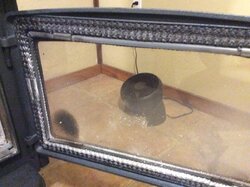
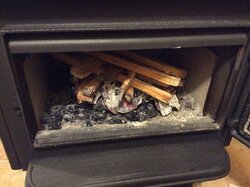
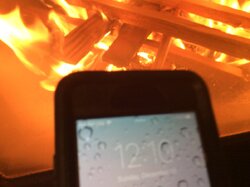
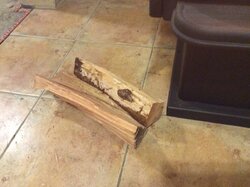
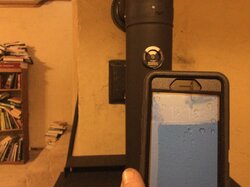
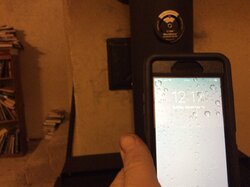
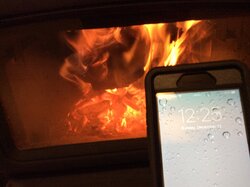

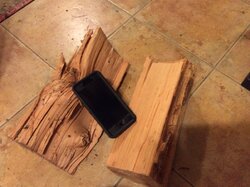
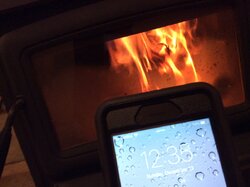
12:10 start
12:11 close door
12:14 add smaller splits
12:15 stovepipe thermometer moves up out of creosote zone
12:18 add a few more smaller splits and thermometer is more than halfway through the "best burn" zone
12:26 add large splits thermometer continues to climb
12:30 shut air to half max temp on stovepipe.
12:33 cut air back to 1/4" open lots of secondary's
12:34 cut air to 1/8" lots of secondary's.
12:38 running air about 3/8" temps are starting to come back down off max, slowly.
12:56 check the stove and cut the air a bit, still running in the hotter end of the "burn zone" and lots of secondary's.
From here the stove is up and running and I may have to turn it up a bit or down to maintain good secondary's and stay within operating range on my stovepipe. The only time it would creep down into the creosote zone would be on a overnight burn when it's all coaled up. I have very little ash, in almost a month I've scooped a bit out once, all the wood burns down completely if I let it burn out. I've never cleaned the glass on this stove yet and I'd have to estimate about 1/2 to 3/4 of a full cord of wood is what I've burnt so far.
I'm wondering people's comments/suggestions on my methods.













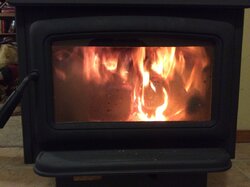
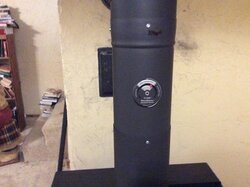
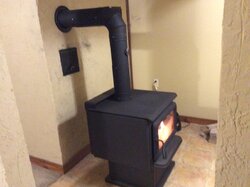
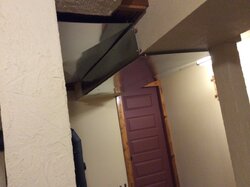
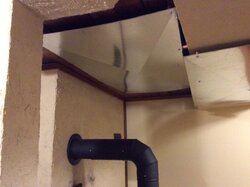
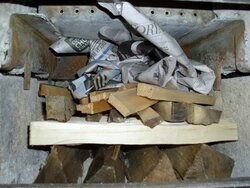
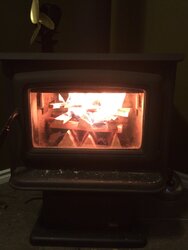
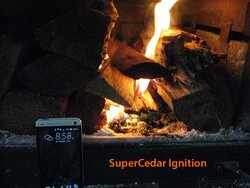
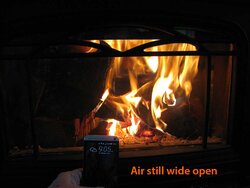
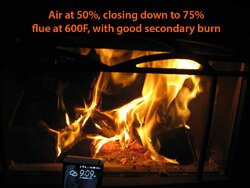
 Its the way to go!
Its the way to go!